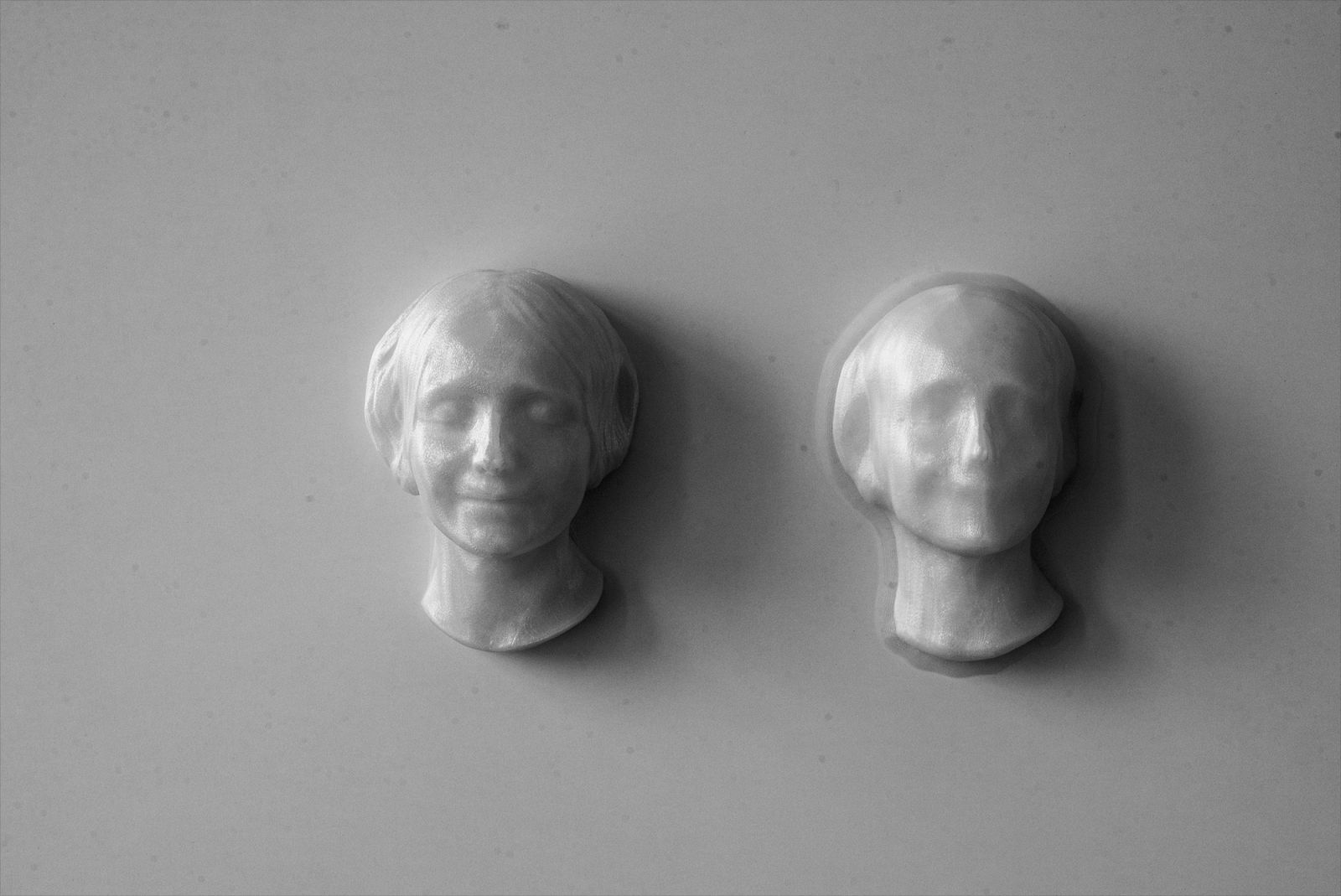
I always lived in several places and social groups at the same time, half a week in one city, then moving to another, and then coming back. It disturbs and feeds my brain with inspiration as I watch interactions inside different communities, not belonging to any of them completely.
That's why the notion of “border” in the broad sense and finding the intersection between here and there, this group and that group, is what constantly inspires me as an obstacle and a possibility of communication.
Working as a photojournalist, I realized that it’s not the story itself that fascinates me the most but the context around it, things that you tell your friends after the trip to understand and explain what you saw.
Taking pictures as a journalist is a visual research method for me, the reason to be here, starting point to understand the context and its borders. While in my artistic work, not only photographs but also three-dimensional objects, texts, materials, and design are equally important.
In my recent work, I am particularly interested in relationships between humans and human-like technologies and the impact these connections have on society.
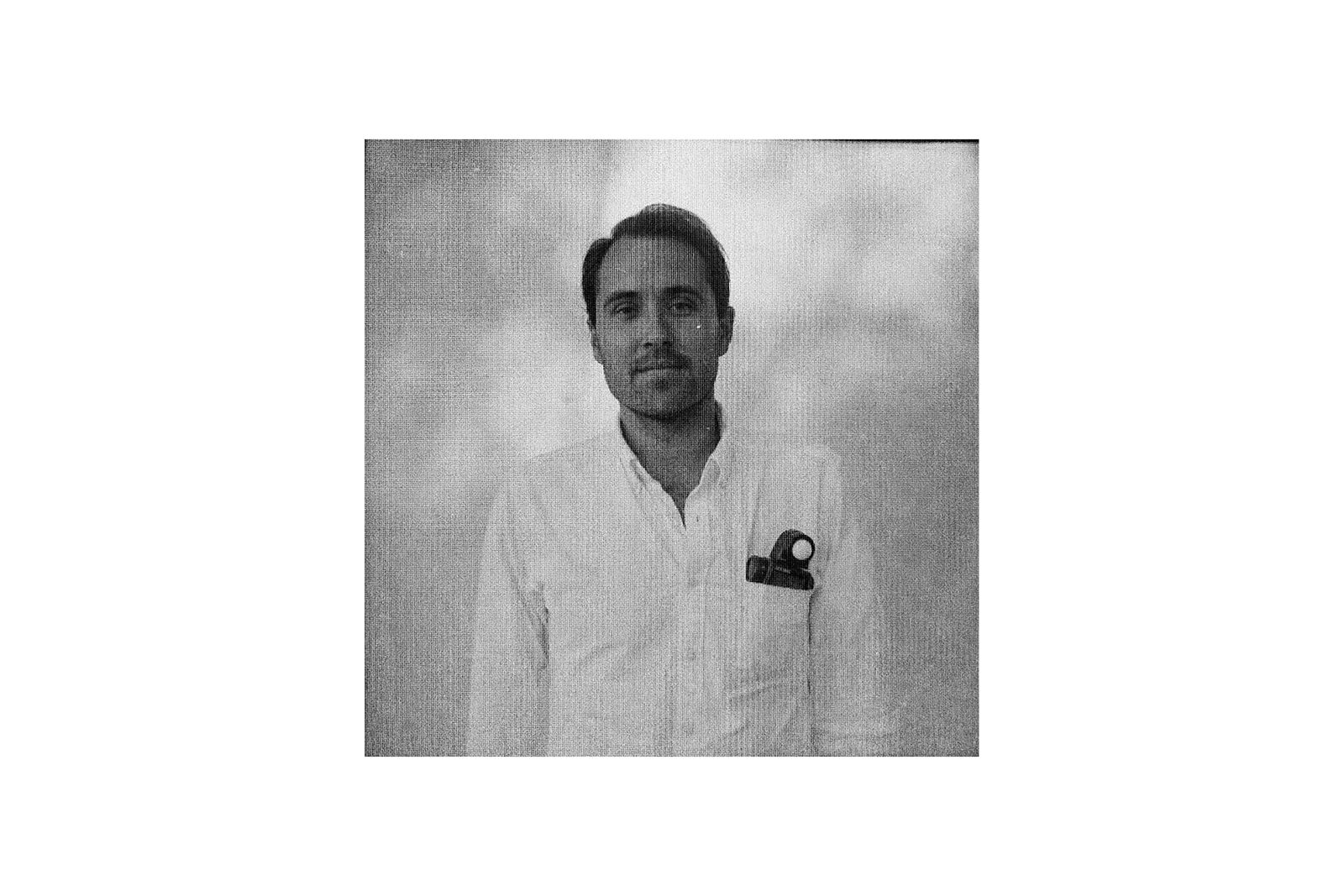
GRADUATION PROJECT
My computer thinks I am a woman. I found out quite a long time ago, via a lot of small details like the feminine form of address used at Google translation, or “Mademoiselle” at the beginning of my online orders, or automatic redirection to the women’s section at online shops. Did I do something, specifically for this? No. It just happened somehow. But one day I got an email with a proposal of collaboration. After a brief conversation, I realised that it was a proposal of collaboration to me not as a photographer, but as a model for the women's only swimsuits brand. I decided to say "yes" to collaboration to check how the algorithm really regarded me. On January 22 I became a Bright Ambassador with a nickname Bright_Woman and received a package with a Scarlet One Piece swimming suit. A physical commodity has connected online and offline world. Using the brand's Instagram and iconic Dutch beach portraits as references, I went to the nearest beach - at The Hague in February, with the crazy wind, rain and +7 degree (which feel like 0) - to connect the algorithm and a contemporary brand’s vision with my actual reality. This is an ongoing project in which I am continuing to investigate communication with the company, shopping recommendation in my devices, my friends and family. My father is a military guy, was always hating something that could remind him of women behaviour in me. I grew up in a Soviet military city, and as a teenager, I was bullied for years that I am a girl, having nickname “a girl” even my physical shape would be completely cisgender. What is interesting for me, is that there is a straight link between patterns which traditional society has for centuries and the patterns which new technological world with internet, social media and self drivings cars use.
"My computer thinks I am a woman" is a first of my five-part project dedicated to the relationships between humans and human-like technologies. In a slideshow, I am sharing visuals from all the parts investigating sex-robots, rethinking of our body's borders, the idea of copying and appropriation.

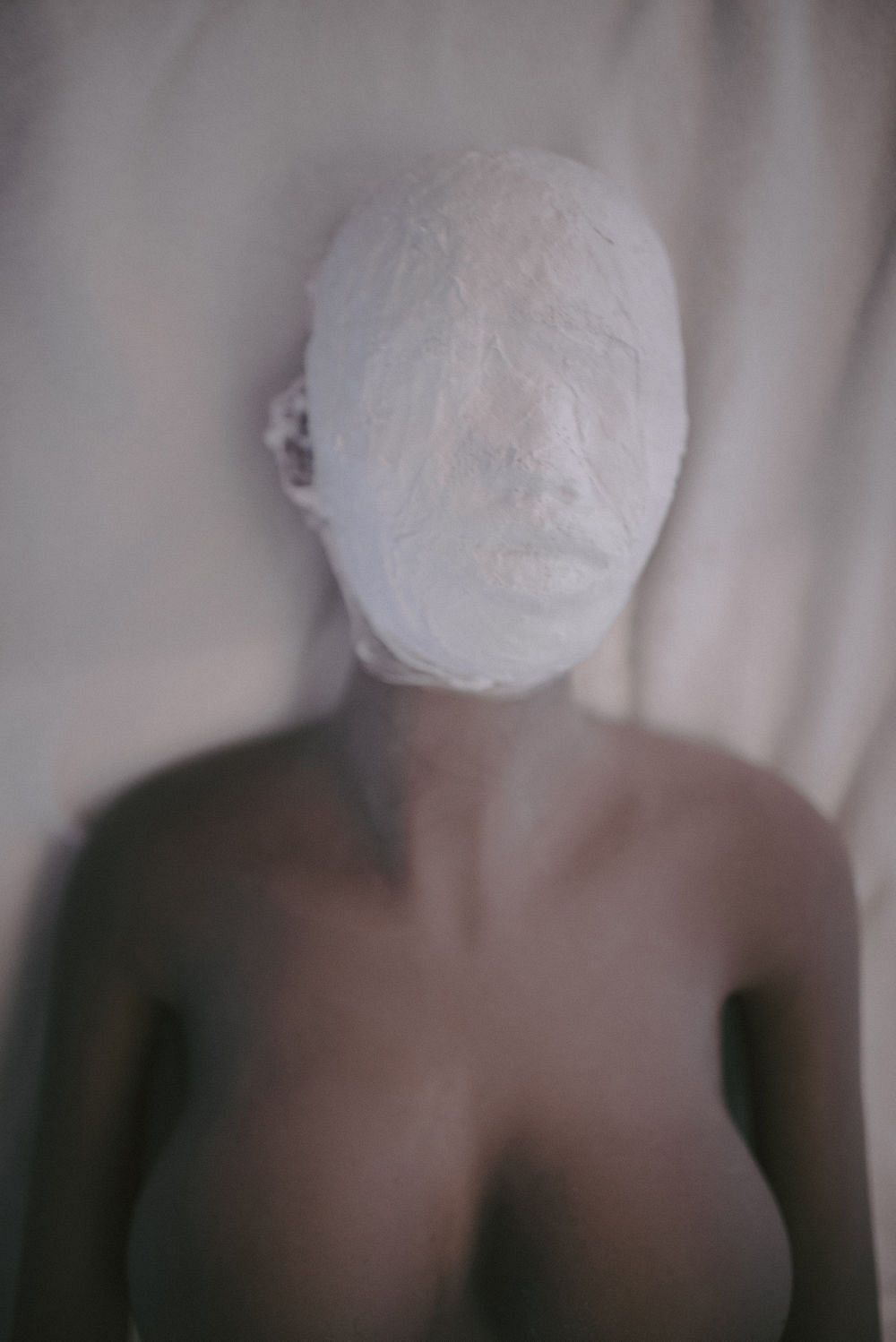
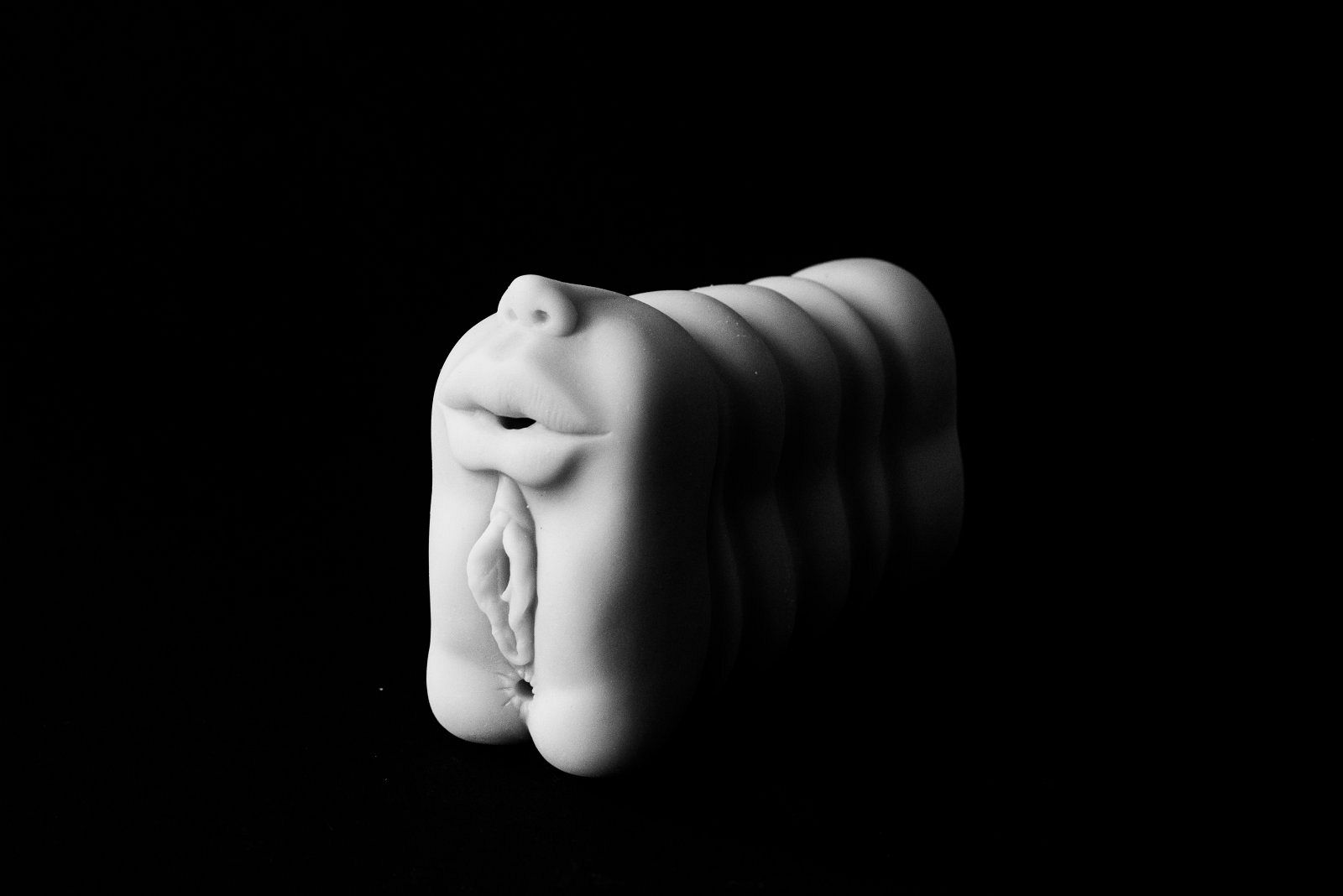
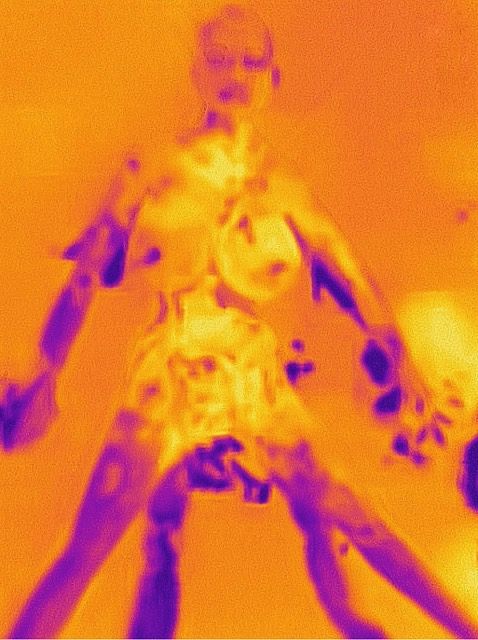

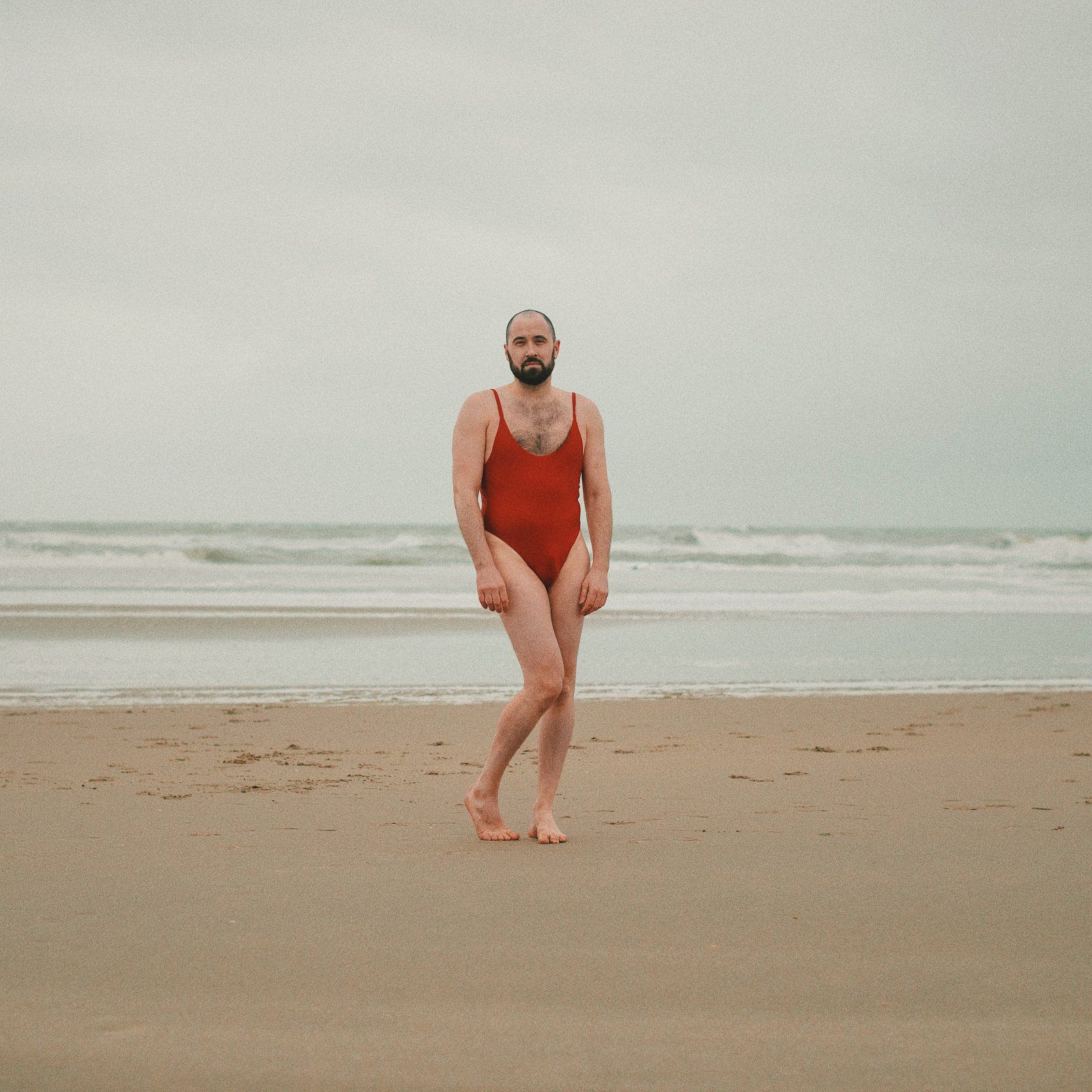
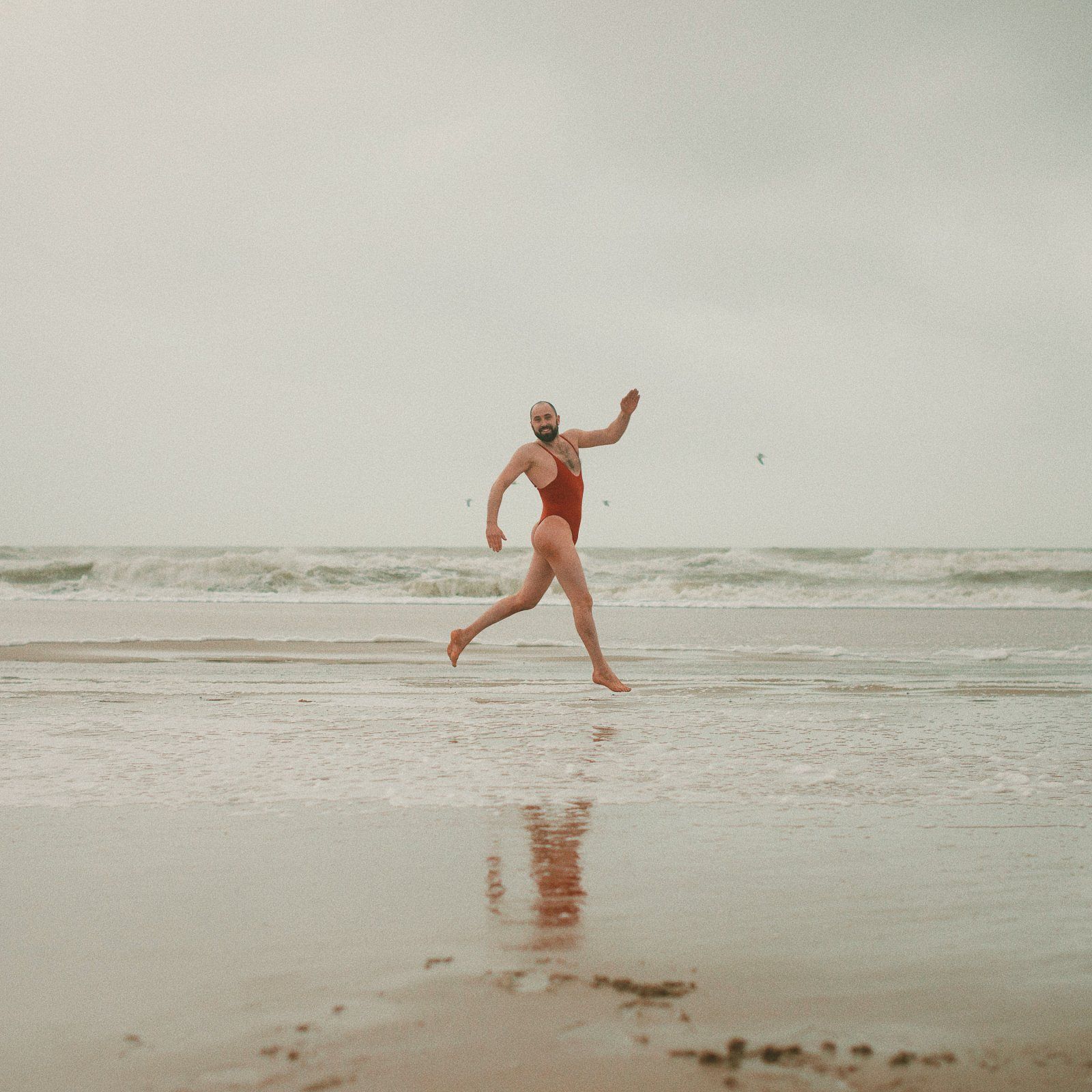

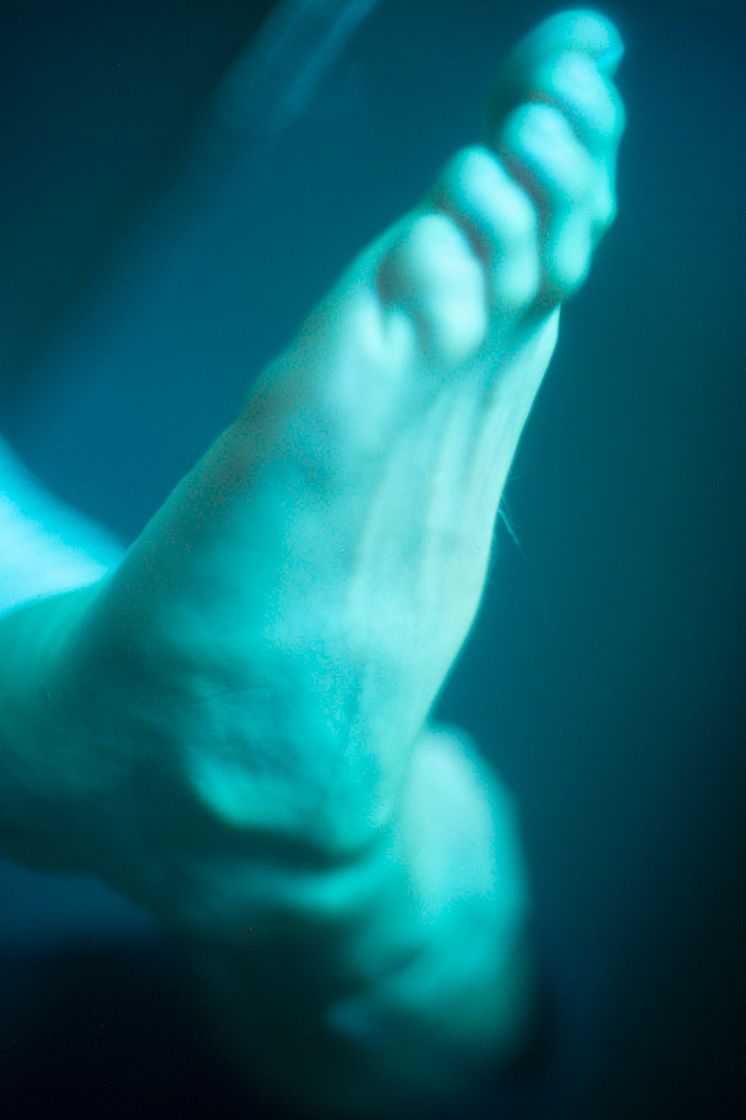

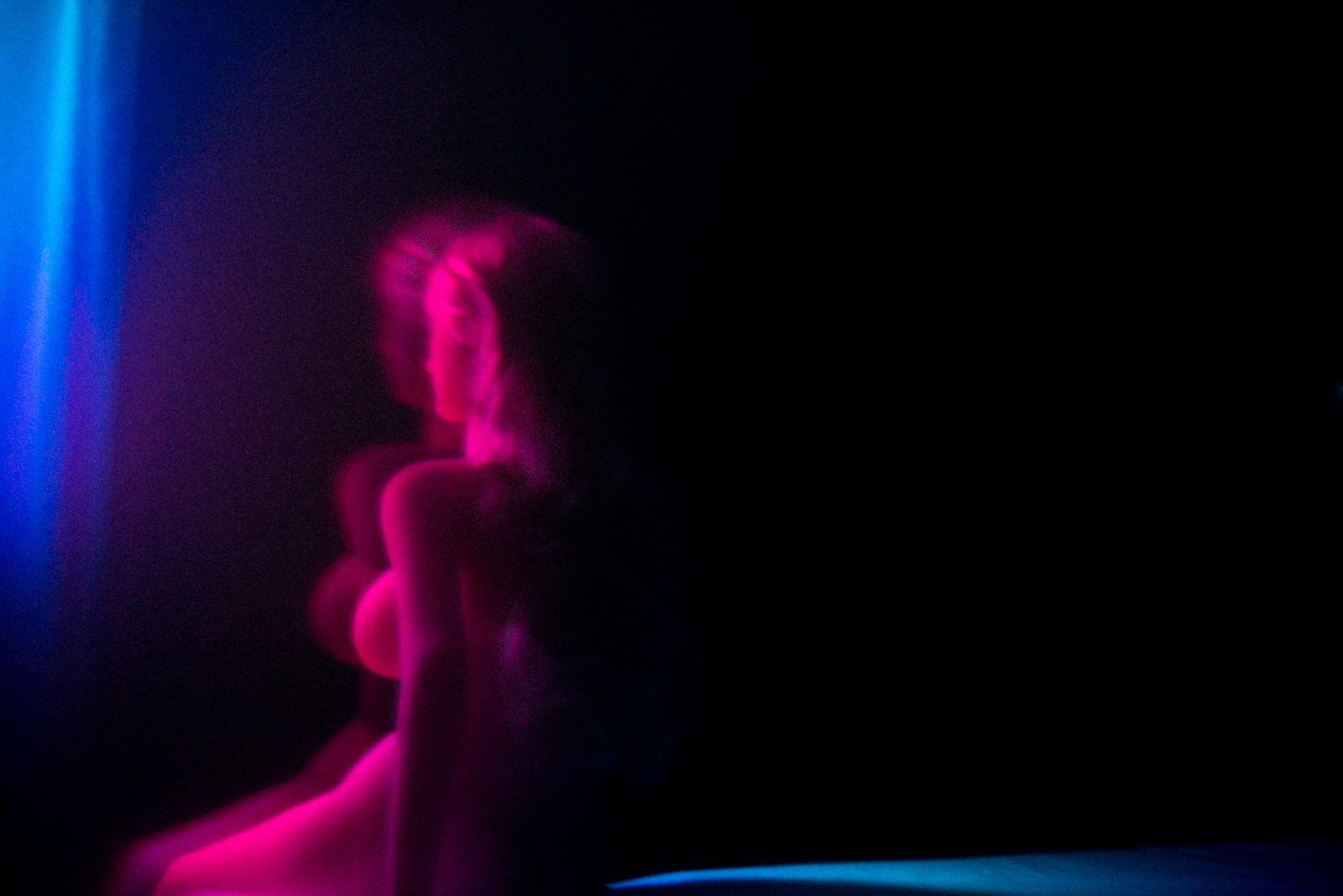
THESIS
Down the rabbit hole
The topic of these theses is a nature of human – human-like relationship and artistic reflection on this topic. They are written in the form of letters from father to son from the current moment (2019-2020) to the moment when he will want/able to read them. The primary method used in the research is looking at the topic from the different angles to create a complete mosaic picture. There are ten letters formed by two principles: 1)letters dedicated to one of the issues in humans relationship with technologies and all together they are creating versatile view at the same topic; 2) chronologically document experiments and researches which were made.
Main statements made in the thesis are:
Technologies are neutral; this is humans who use them in a constructive or destructive way.
There is a straight link between patterns which traditional society has for centuries and the models which new technological world use.
One of the driving reasons for technology development is "just for fun" (as the opposite of consciousness).
Since we are not very conscious about the impact of new technologies, the future generation will need to resist very hard to maintain a little bit from what we are leaning back now. The same way as it already happened with an ecology.
The Thesis also includes two interviews taken during field research in Germany and France. These conversations may be of interest to those who are interested in specifics of the topics they discuss - history of of the "Unknown Woman of the Seine" mask and relationships between sex-workers and sex-dolls in the brothel. Their full transcription includes in the appendix.